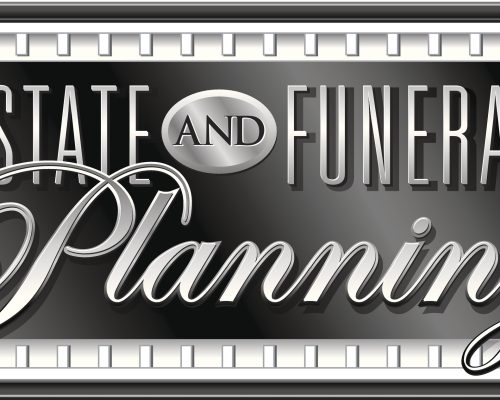Remove your deceased spouse’s name from title to your home – without a lawyer
- Explaining that removing your spouse’s name from title to your home can be done online without the help of a lawyer
- Warning that the most complicated part of the process might be setting up your BC Services Card online account
Don’t pay a lawyer or notary to remove your deceased spouse’s name from title to your home which you own together as joint tenants.
If you want to be generous to your friendly neighbourhood lawyer or notary, send a $1,000.00 gift card. I think that’s about mid-range of fees charged for the service.
By sending the gift card and doing it yourself, you’ll at least save the $120.00 taxes that will be added to those fees.
It’s not a complicated legal procedure.
In fact, the Land Title and Survey Authority of British Columbia (commonly referred to as “Land Titles”) provides step by step instructions.
Not the kind of instructions included with some Ikea furniture that will have you pulling your hair out.
I’ve heard separately from two people who have handled this most basic of administrative transactions directly with Land Titles. Thank you, Joanne and Marilyn, for sharing your experiences with me. Neither of them bitched and complained like I have when following instructions for putting furniture or barbeques together.
You can find the instructions on the Land Titles website through this link here: https://ltsa.ca/property-owners/make-changes-to-title/changes-to-ownership/transmit-to-surviving-joint-tenant/.
The entire process can be completed online if you’ve set up your BC Services Card online account, a secure digital identification for BC government online services.
Actually, setting up that account might be the most complicated part of the process! But it’s well worth it. Once you’re set up you can do such things as access your health records and renew your driver’s license online.
If you find any of the steps tricky or difficult, invite your grandchild over for a visit. They’ll help you out.
Don’t be too upset with your lawyer or notary if they recently took your hard-earned money to provide this service without first informing you how easy it is to do yourself. They might not have known about the on-line “do it yourself” process which I don’t believe became available until April 2024.
Instead, get them up to speed by sending a link to this column so they can help others save a few bucks.
I recommend having two documents in your possession before you sit down to the computer.
One is the title to your property, which you’ll find with the documentation you received when you purchased the property. Most people tuck that folder away with other important documentation.
No worries if you lost it, though. The Land Titles website will walk you through how to purchase another one.
The other is the Death Certificate, which is provided by the funeral home that handled the remains.
Are you wondering where the probate process fits into this mix? It doesn’t.
Assets owned together as “joint tenants” do not form part of the deceased’s estate except in the uncommon circumstance where the survivor holds the property in trust for the estate. Legal advice should be sought before you attempt to use joint tenancy as an estate planning tool because there are different types of joint tenancy.
That’s a topic for another column.




